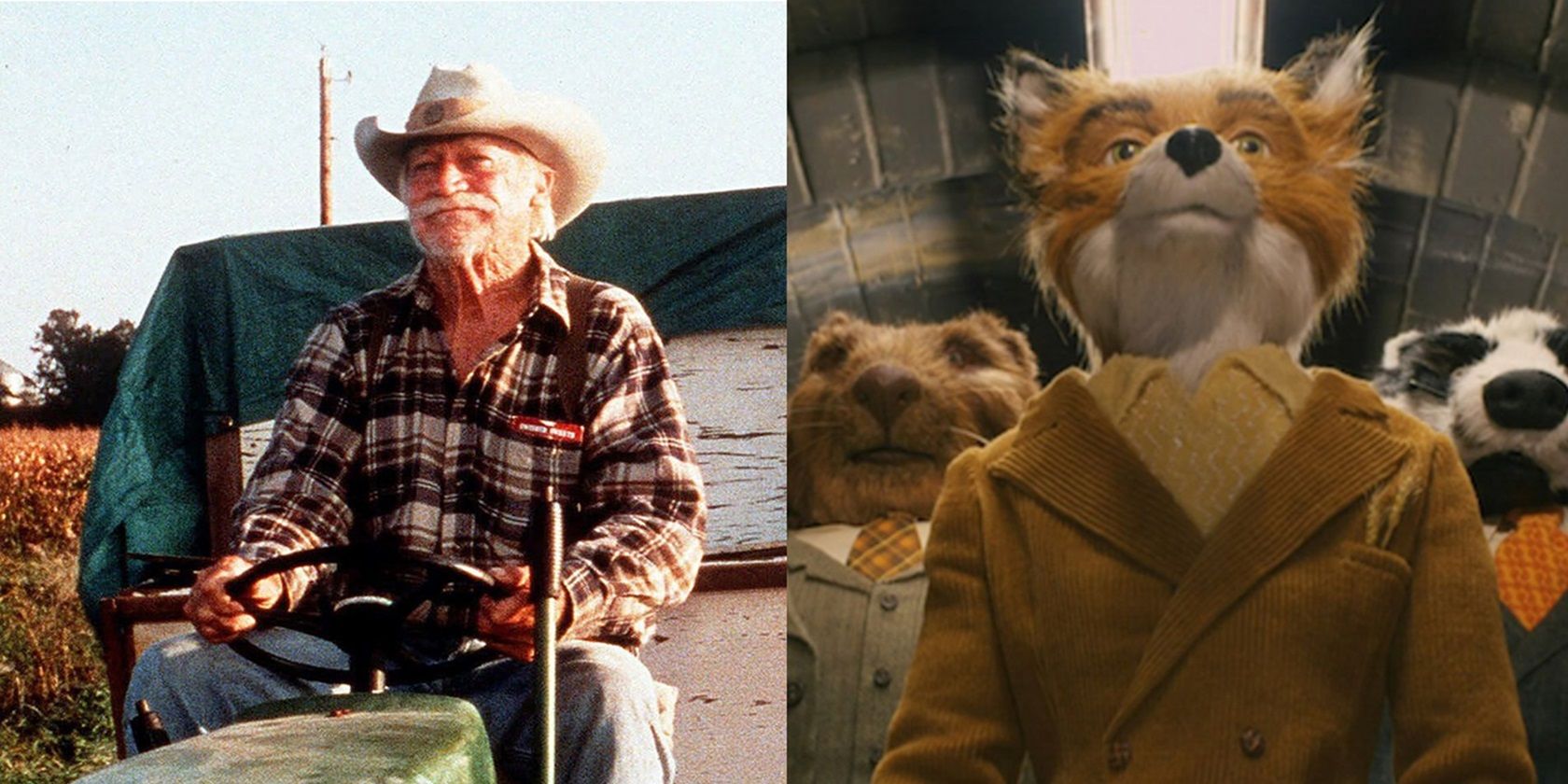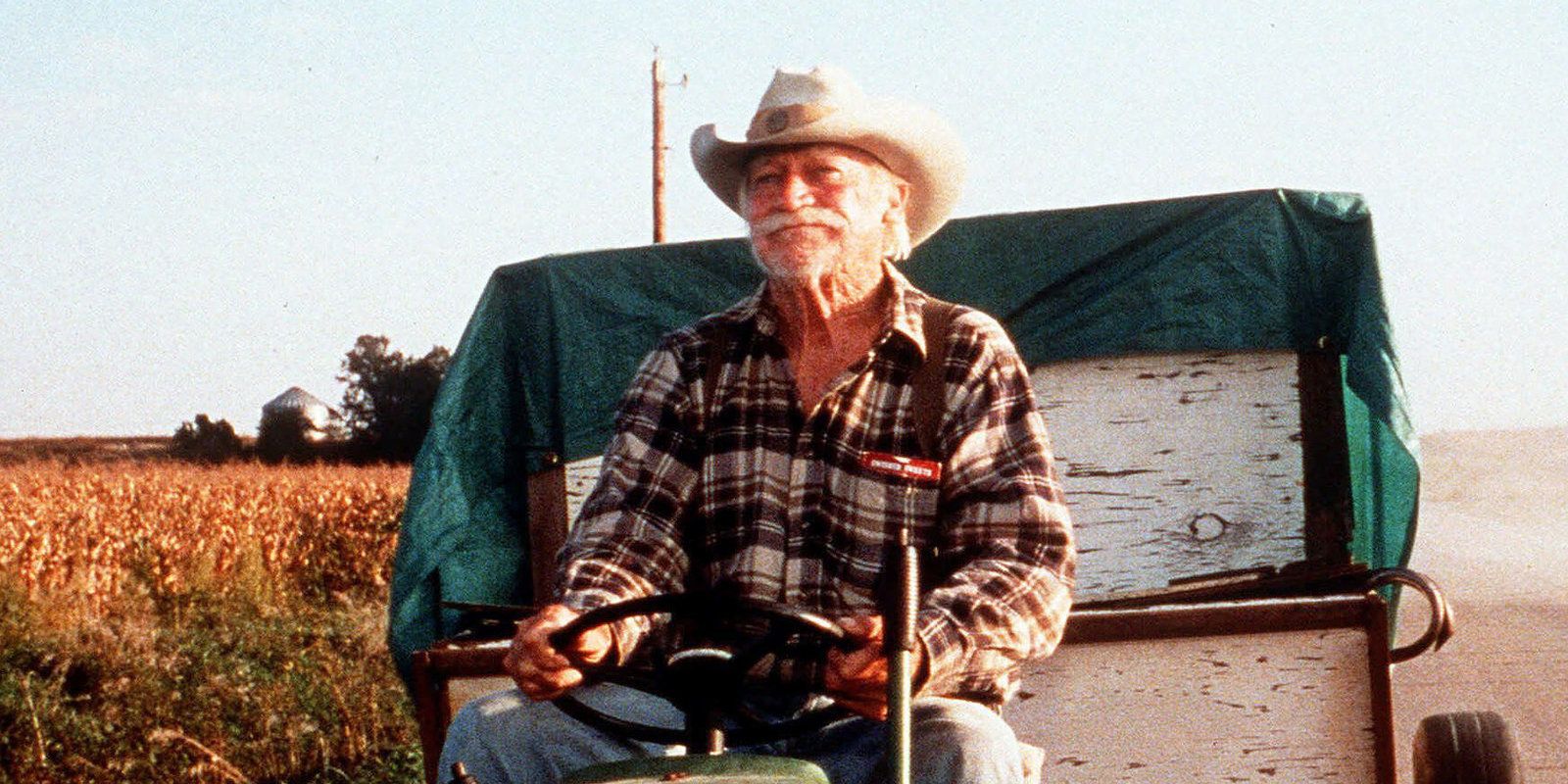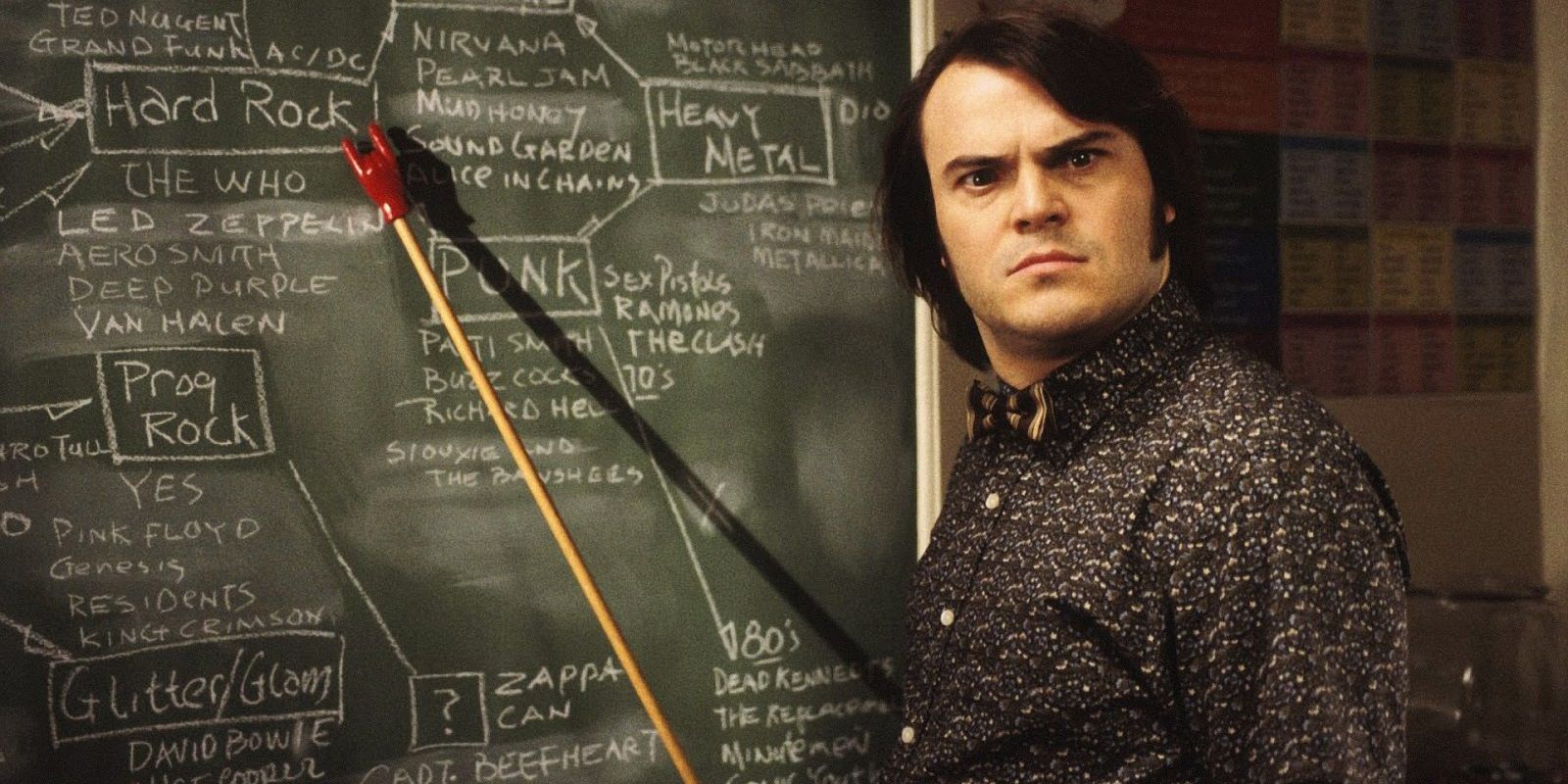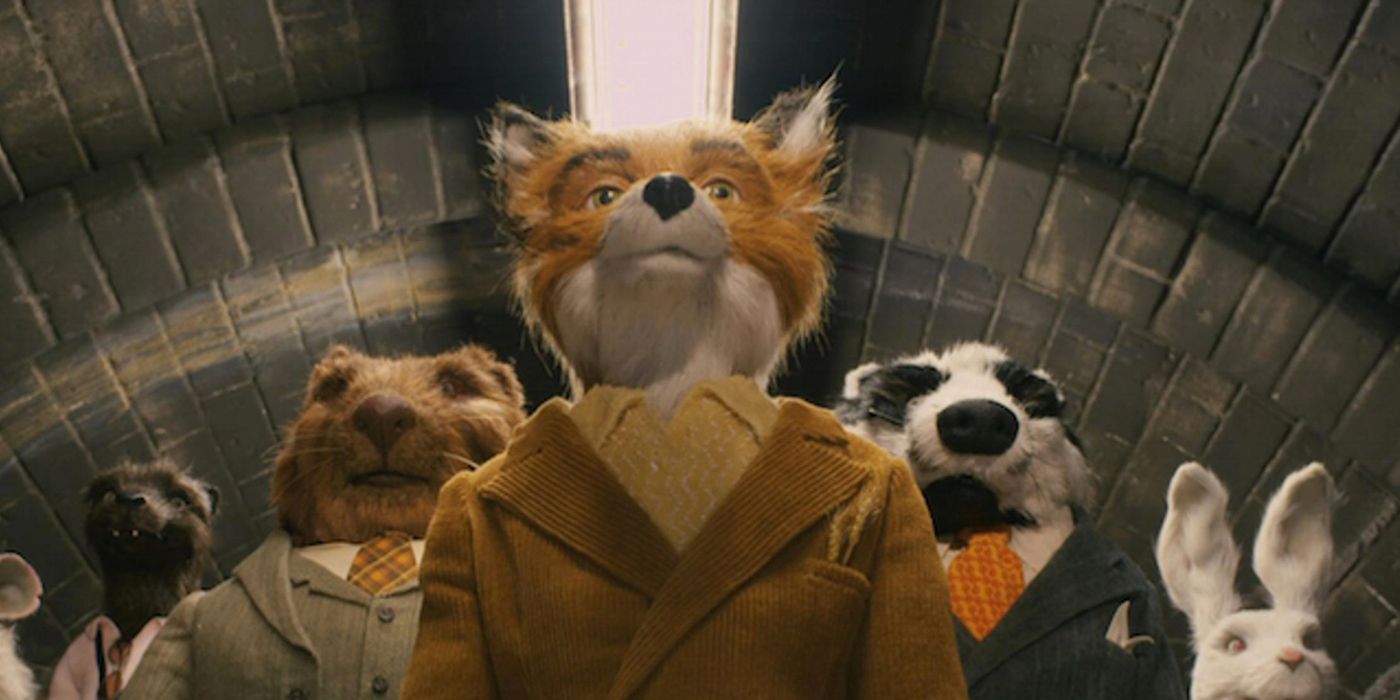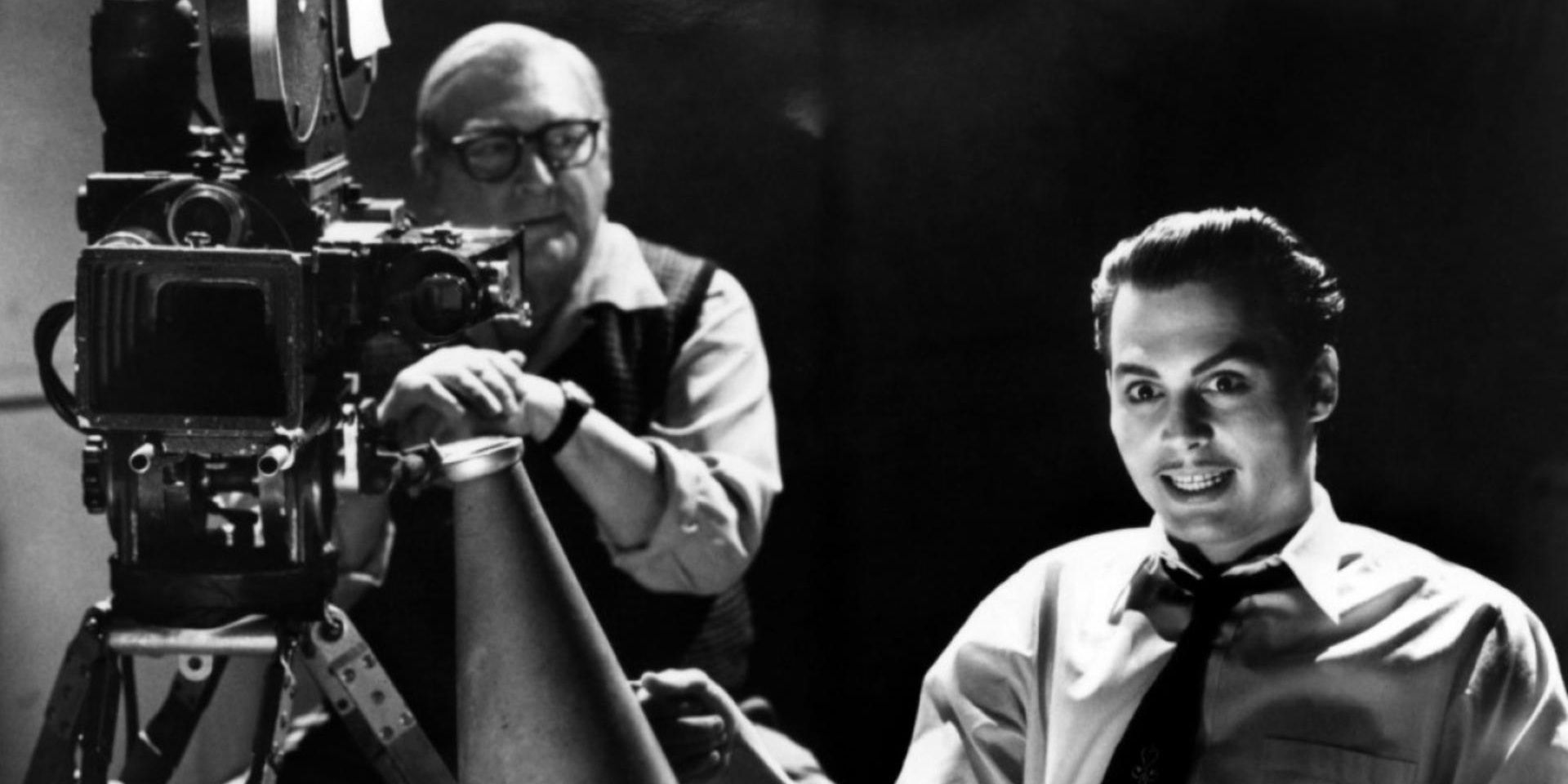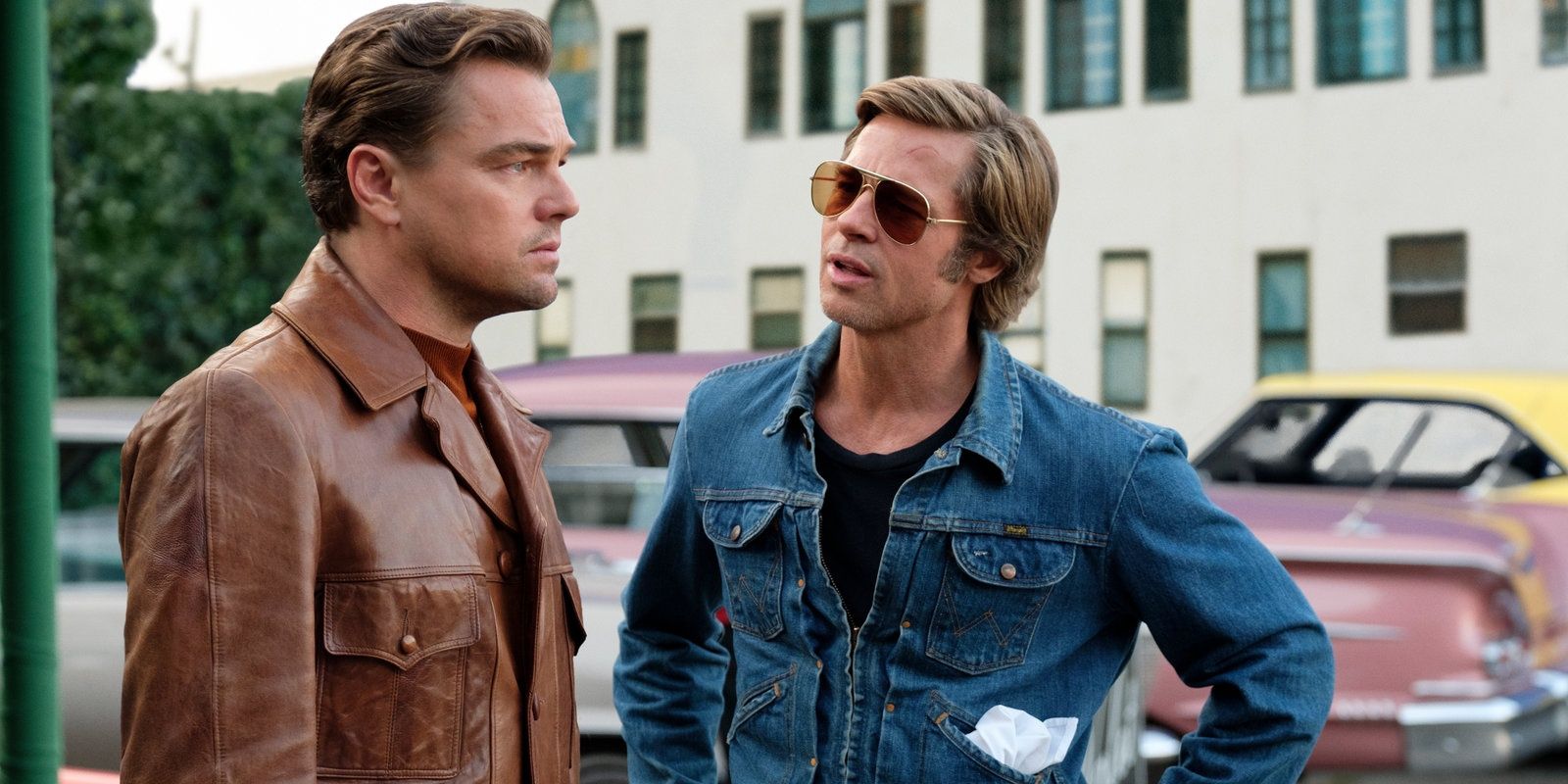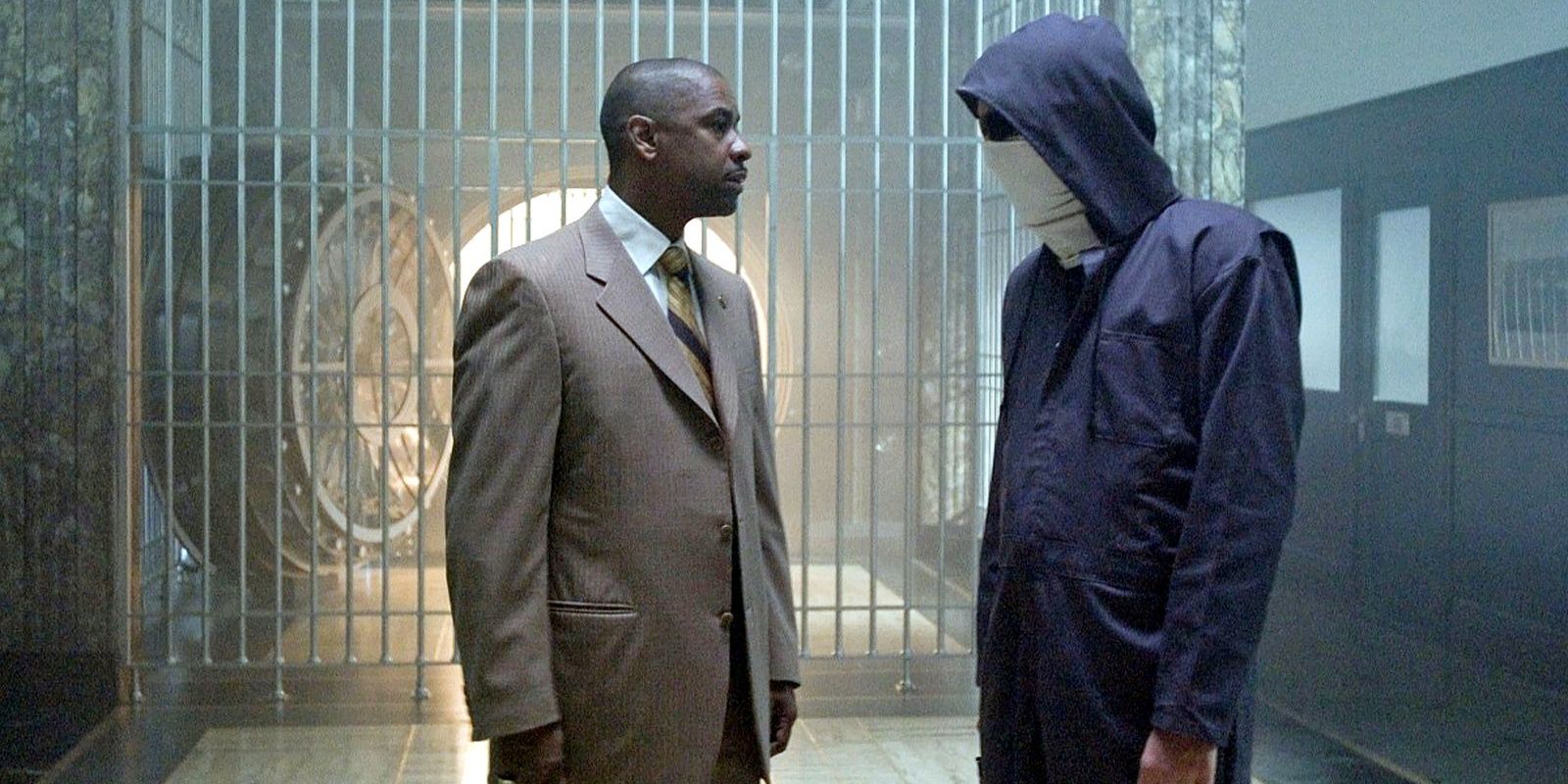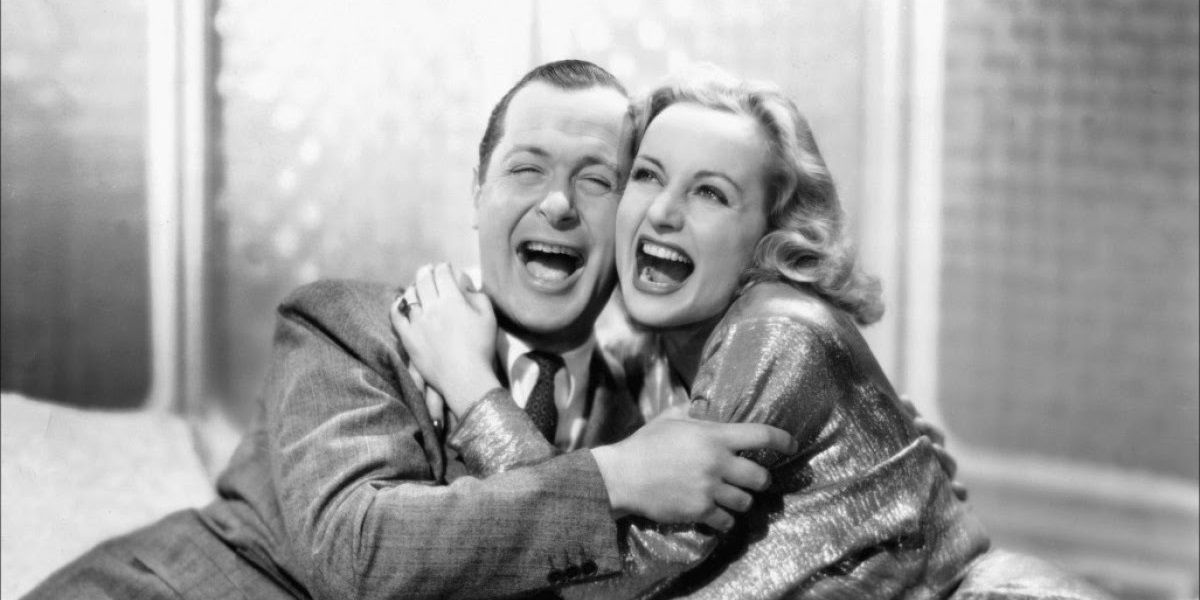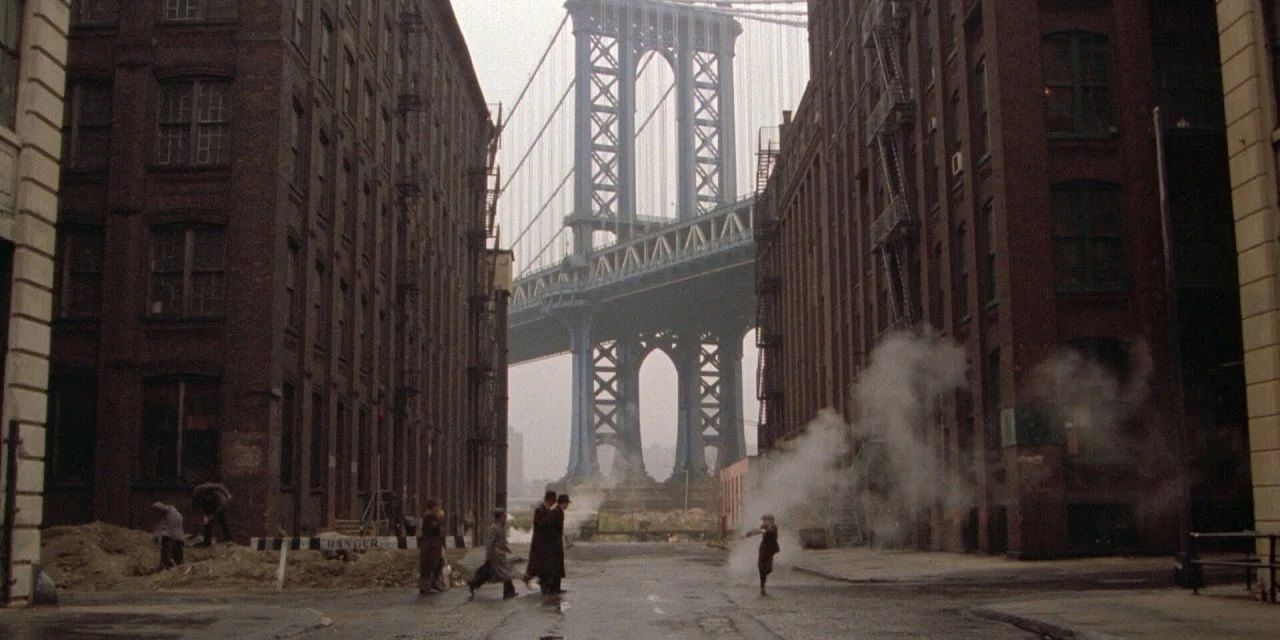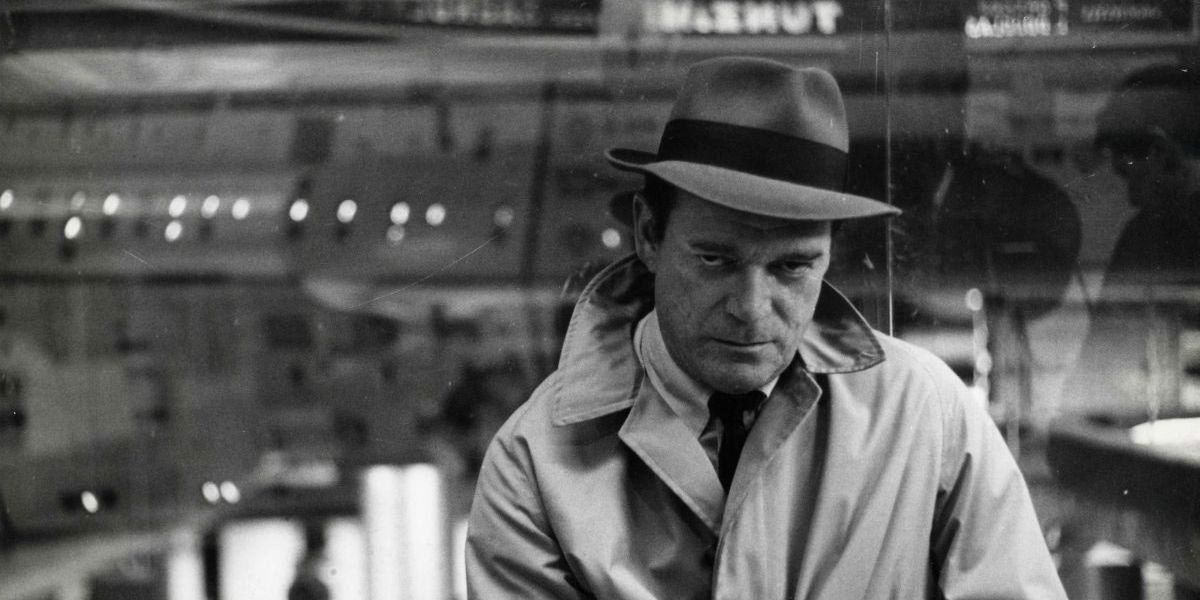It’s difficult enough for a director to define their own unique filmmaking style and their own visual hallmarks, but once they have, they face the even tougher challenge of avoiding getting stuck in their ways.
David Lynch, best known for directing surreal, ambiguous, supernatural mysteries like Blue Velvet and Mulholland Drive, stepped out of his comfort zone to helm The Straight Story, a biopic of a man who drove across the country on a lawnmower. While this is a particularly wild departure from a filmmaker’s usual style, Lynch is hardly the first or last director to challenge themselves creatively.
The Straight Story (David Lynch, 1999)
David Lynch’s ongoing cinematic study of peculiar characters in Americana strangely made him the perfect choice to tell the tale of Alvin Straight, who drove 240 miles on a riding lawnmower to visit his sick brother.
While The Straight Story isn’t the only time Lynch has stepped outside his wheelhouse – sobering biopic The Elephant Man and gonzo road trip Wild at Heart are two other great examples – it is arguably the furthest he’s gone from his comfort zone.
School Of Rock (Richard Linklater, 2003)
From hard-R stoner comedies like Dazed and Confused to romantic dramas like the Before trilogy, Richard Linklater usually makes movies for adults. But in 2003, he teamed up with Jack Black for the family-friendly musical comedy School of Rock.
Black stars as Dewey Finn, a wannabe rocker who’s kicked out of his own band, cons his way into a substitute teacher job and starts a new band with his musically gifted students.
Fantastic Mr. Fox (Wes Anderson, 2008)
Wes Anderson had only ever directed live-action movies, including such classics as Rushmore and The Royal Tenenbaums, when he was tapped to helm a stop-motion animated adaptation of Roald Dahl’s Fantastic Mr. Fox.
Anderson’s work with animation on Fantastic Mr. Fox ended up influencing his live-action work, as there are plenty of cartoonish moments and in-camera editing in Moonrise Kingdom and The Grand Budapest Hotel.
Ed Wood (Tim Burton, 1994)
Tim Burton is mainly known for helming gloomy, gothic fantasy movies like Edward Scissorhands, Corpse Bride, and Beetlejuice. But in 1994, he shot a black-and-white biopic of director Ed Wood.
Wood made schlocky B-movies like Plan 9 from Outer Space, but what set him apart – and what Burton captures in this movie – is that he fancied himself a great artist.
Once Upon A Time In Hollywood (Quentin Tarantino, 2019)
Quentin Tarantino’s penchant for graphic violence and homage-driven storytelling has made him a perfect fit for genre cinema. But he left behind most of the hallmarks of his established style with his most recent film, Once Upon a Time in Hollywood.
There’s plenty of violence in Once Upon a Time in Hollywood, but it’s all saved for the spectacular finale. It’s not a genre movie; for the most part, it’s a hangout movie depicting a day in the lives of a TV western actor, his stunt double, and movie star Sharon Tate.
Inside Man (Spike Lee, 2006)
Spike Lee is not a Hollywood director. From Do the Right Thing to Malcolm X to BlacKkKlansman, Lee is more interested in exploring social issues than providing popcorn thrills.
But in 2006, Lee put the social issues in the backseat and made an all-out heist thriller. Inside Man stars Denzel Washington as a detective trying to crack a bank robbery mounted by a criminal mastermind played by Clive Owen.
Mr. & Mrs. Smith (Alfred Hitchcock, 1941)
The genre that Alfred Hitchcock is most commonly associated with is the thriller, having helmed such masterpieces as Psycho, Rear Window, and North by Northwest. The greatest compliment that a suspense thriller can receive is “Hitchcockian.”
In 1941, Hitchcock stepped out of his wheelhouse to helm the screwball comedy Mr. & Mrs. Smith starring Carole Lombard and Robert Montgomery.
Hugo (Martin Scorsese, 2011)
Arguably the greatest living filmmaker, Martin Scorsese is most renowned for directing decidedly adult-oriented crime movies. Goodfellas has one of the highest F-bomb counts in movie history and The Wolf of Wall Street is a nonstop barrage of nudity and drug use.
In 2011, Scorsese left his established style behind in order to helm a 3D kids’ movie called Hugo, set in a Paris train station in the 1930s.
Once Upon A Time In America (Sergio Leone, 1984)
Thanks to the Dollars trilogy, Sergio Leone was hailed as one of the greatest western directors of all time. After The Good, the Bad, and the Ugly, Leone planned to retire from the genre and make a gangster movie in New York called Once Upon a Time in America.
However, due to popular demand, he was dragged back into the western genre to helm Once Upon a Time in the West and Duck, You Sucker! before finally getting to direct his crime epic.
Alphaville (Jean-Luc Godard, 1965)
After his directorial debut Breathless changed the face of cinema, Jean-Luc Godard mostly stuck to his experimental take on the crime genre, throwing in the occasional sobering human drama to shake things up.
For his 1965 movie Alphaville, Godard stepped way out of his comfort zone. It’s a dystopian sci-fi thriller about a secret agent who’s sent to destroy a computer that’s controlling people’s minds.

